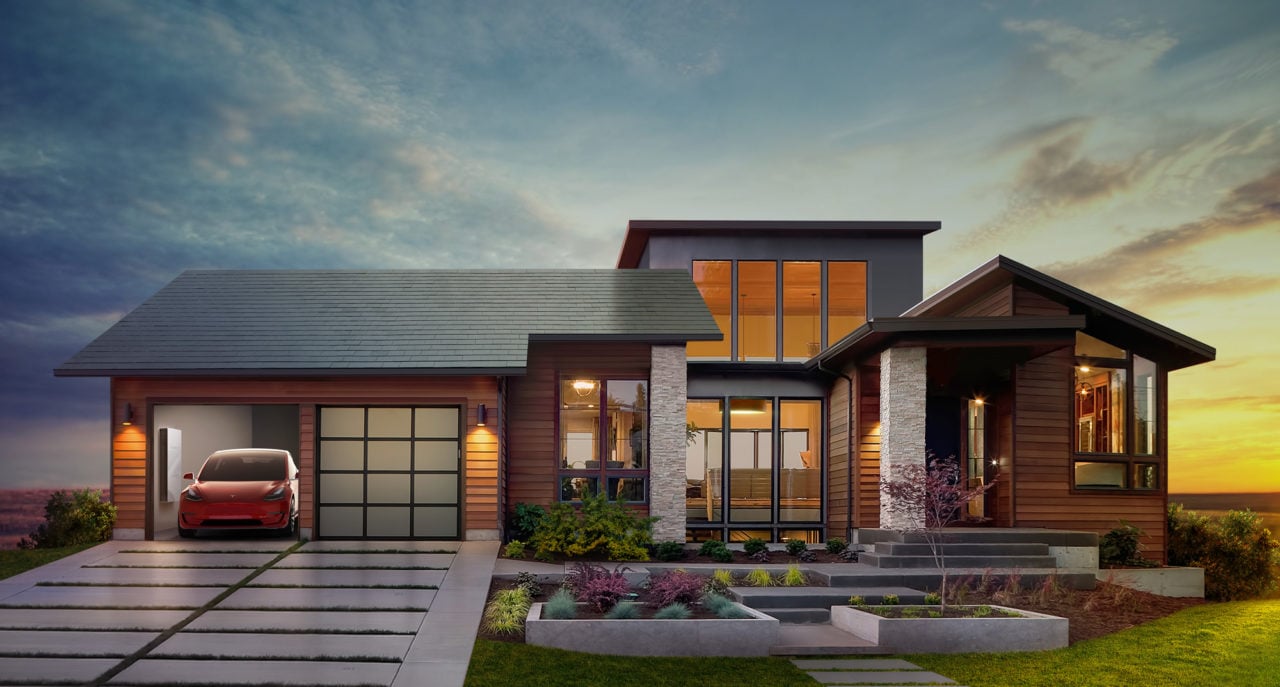
The year started in fairly dramatic fashion on the west coast of the US when utility Pacific Gas & Electric (PGE) filed for Chapter 11 bankruptcy, news which will have raised many an eyebrow in the US solar sector.
The utility made the decision ahead of significant liabilities it was to face in the wake of wildfires in California throughout the preceding two years, fires which devastated communities in the region.
Unlock unlimited access for 12 whole months of distinctive global analysis
Photovoltaics International is now included.
- Regular insight and analysis of the industry’s biggest developments
- In-depth interviews with the industry’s leading figures
- Unlimited digital access to the PV Tech Power journal catalogue
- Unlimited digital access to the Photovoltaics International journal catalogue
- Access to more than 1,000 technical papers
- Discounts on Solar Media’s portfolio of events, in-person and virtual
PGE was a prevalent adopter and proponent of solar in the state, and the US Solar Energy Industries Association was quick to move to protect investments in solar projects, monitoring the issue closely.
China subsidy u-turn
There was markedly better news for the industry a month later, when China announced that it was considering making as much as RMB3 billion (US$443 million) available for fixed subsidies in 2019. That was to be a considerable change in tack for the solar powerhouse, having halted subsidies in May 2018.
Ring-fenced for projects in need of support to be viable, the subsidy was established to help China’s poverty alleviation solar programme as well as projects across residential, C&I and ground-mount scales. Analysis later in the year found that the new subsidy programme could support at least 30GW of capacity.
Deployment in China ultimately steers the rest of the world and module prices took a steep dive in 2018 as a result of dwindling demand.
LONGi kickstarts manufacturing expansion trend
An ever-present trend in 2019 has been for the industry’s leading players to cement their status with new capacity expansions. LONGi kickstarted that trend in earnest in March, ramping up a 5GW module assembly expansion.
The facility, in Chuzhou, Anhui, China, came at a cost of US$328 million and is meant to produce the company’s high-efficiency monocrystralline modules.
With an additional 5GW of capacity, LONGi’s total output exceeded 13GW, surpassing the 12.9GW nameplate capacity of JinkoSolar, making it the world’s largest module manufacturer at the time.
As you’ll read in later editions of this year's round-up, manufacturing expansions were aplenty in 2019.
More Tesla travails
The same couldn’t be said for Tesla, however, as it was revealed in January that the company’s solar roof tile product had been beset by further delays. Since company founder Elon Musk unveiled them at a high-profile ceremony on a Hollywood TV set, the industry has awaited their transition from pilot projects to commercial availability.
The company has been vague regarding mass production and deployment timelines, and in January this year Tesla could only say that it expected “significantly improved manufacturing capabilities” this year.
Solar installations also struggled in early 2019, but there would be better news towards the end of the year.
Patent gloves come off
In March, Hanwha Q CELLS launched patent infringement proceedings against a host of manufacturers, including JinkoSolar, REC and LONGi, claiming that the companies in question had infringed on patents surrounding Q CELLS’ passivation technology. Complaints were filed in Germany and the US initially, followed by Australia, in a dispute that also roped in distributors.
The matter was further complicated when both LONGi and REC claimed they had no knowledge of the infringement proceedings, only learning of them when media reports surfaced. LONGi responded soon after however, questioning the validity of the patents by noting how several opposition procedures against them had already been filed in Europe. JinkoSolar’s defence was similar, claiming the proceedings were “without technical or legal merit” while refuting them categorically.
The case in the US was only settled last month, when the US International Trade Commission ruled against Q CELLS. However, the company’s swift response that it is to launch an appeal would infer that it’s far from the last we’ll hear on the matter.
They were also not the only patent infringement proceedings launched in 2019 as technological disputes captured headlines later in the year too.







